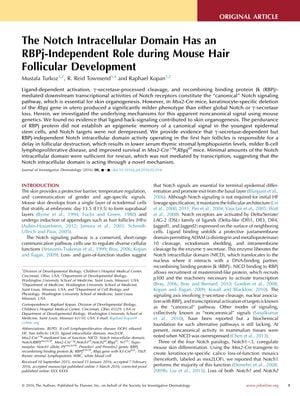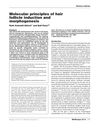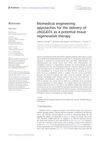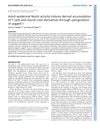The Notch Intracellular Domain Has an RBPj-Independent Role During Mouse Hair Follicular Development
Notch signaling pathway RBPj-independent Notch intracellular domain NICD hair follicular development Msx2-Cre mice keratinocyte-specific deletion Rbpj gene global Notch γ-secretase canonical Notch signaling pathway epidermal stem cells γ-secretase-dependent serum thymic stromal lymphopoietin B-cell lymphoproliferative disease Notch pathway hair follicle development Msx2-Cre Rbpj Notch gamma-secretase thymic stromal lymphopoietin B-cell disease

TLDR The Notch signaling pathway helps in mouse hair development through a noncanonical mechanism that does not rely on RBPj or transcription.
The study explored the role of the Notch signaling pathway in skin organogenesis, particularly focusing on the effects of RBPj-independent Notch intracellular domain (NICD) activity during mouse hair follicular development. Researchers used Msx2-Cre mice with keratinocyte-specific deletion of the Rbpj gene and found that this deletion resulted in a less severe phenotype compared to the loss of global Notch or γ-secretase, which are components of the canonical Notch signaling pathway. The study demonstrated that ligand back-signaling was not involved in skin organogenesis and that the persistence of RBPj protein did not create an epigenetic memory in epidermal stem cells. Importantly, the study provided evidence that γ-secretase-dependent but RBPj-independent NICD activity in the first hair follicles delayed follicular destruction, leading to lower serum thymic stromal lymphopoietin levels, milder B-cell lymphoproliferative disease, and improved survival in the genetically modified mice. The rescue effect required only minimal amounts of NICD and was not mediated by transcription, indicating a novel, noncanonical mechanism of action for NICD in hair follicle development.


